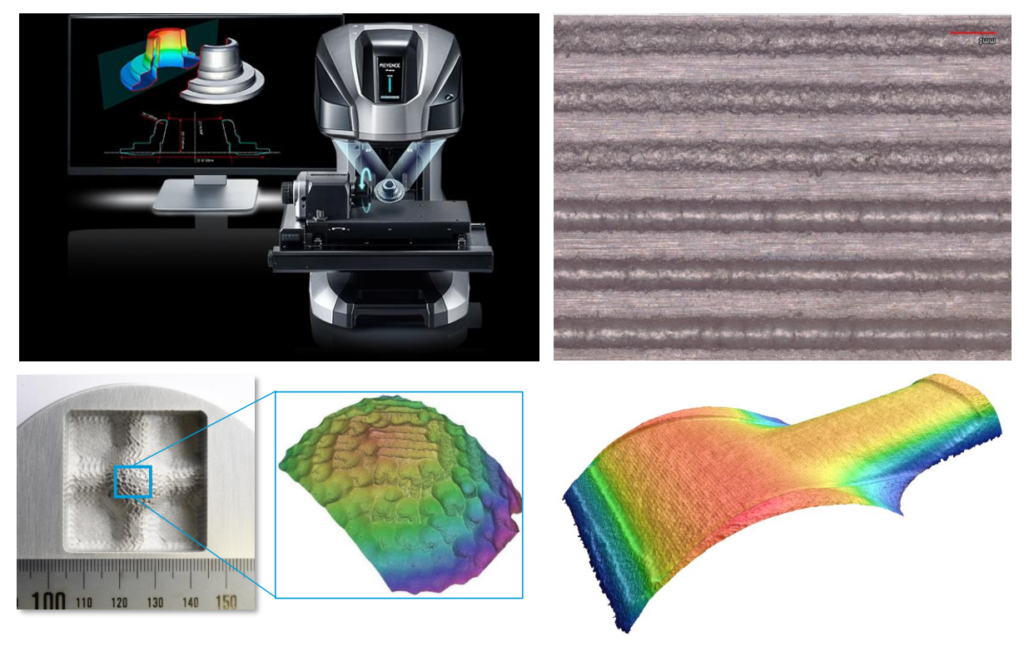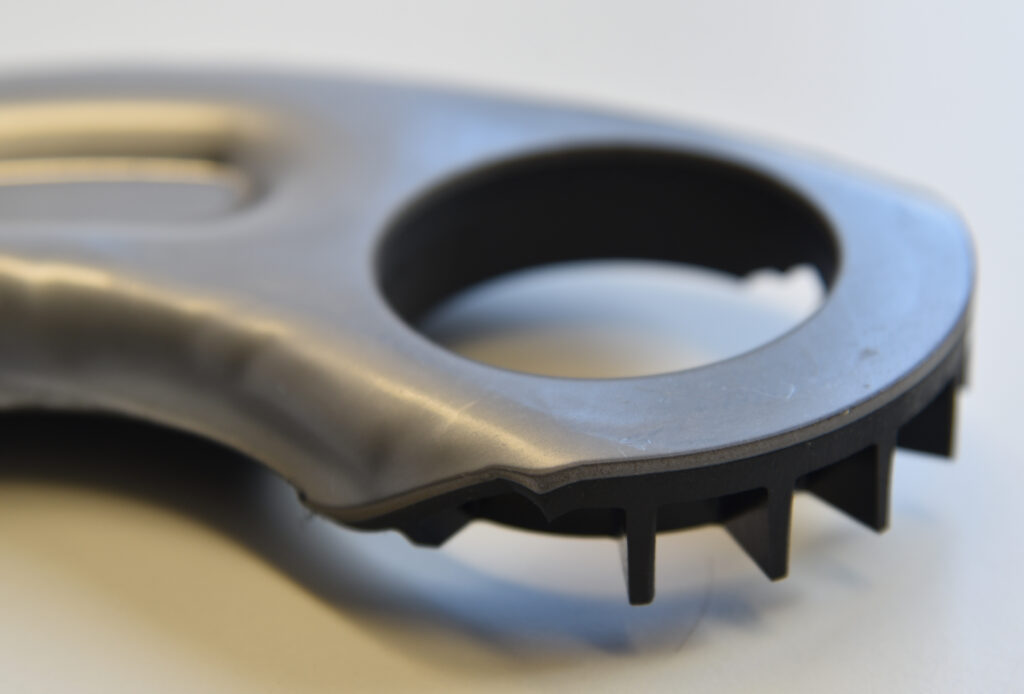the versatility of waterjet machining
High-pressure waterjet systems are particularly promising for machining high-strength and conventionally difficult-to-machine materials, such as titanium alloys, technical ceramics, or fiber-reinforced composites. Water jet cutting is industrially established and impresses with a high separation capability on almost all materials and material composites without thermal influence. However, to date, water jet cutting has mainly been used for simple cutting tasks. At HydroMill we expand the application area, including recent advancements to substitute conventional milling processes and present a cost-effective and promising alternative.
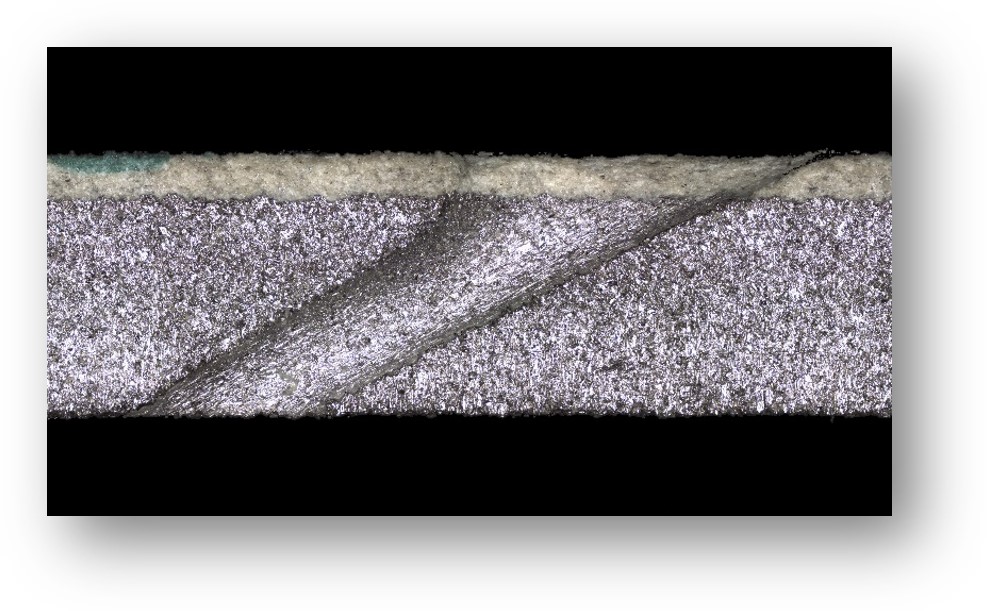
High precision machining of hybrid materials
A special case of waterjet cutting is high precision drilling, where the flexibility and adaptability of the process can be leveraged for example to machine-shaped holes for cooling air on turbine blades. In order to withstand the high-temperature gas a ceramic coating is applied to a ductile base matrix – a major challenge for conventional processes, particularly with tiny diameters.
The manufacturing challenges are the different properties of the involved materials. Despite the high tool wear of conventional drilling, mechanical loads may induce a break-out of the coating. Other approaches like laser drilling induce thermal loads or need to be slowed down.
HydroMill and his industry partners were able to overcome these challenges.
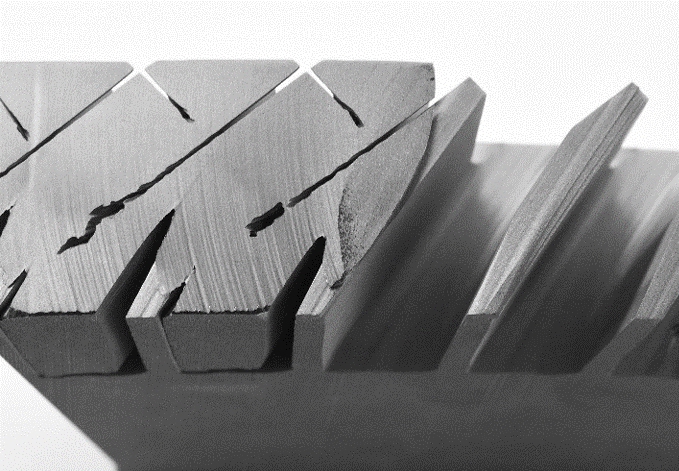
Advancing AERO ENGINE Manufacturing
Bladed Disk (BLISK) machining is a complex and essential process in the production of modern aero engine components. These components combine a rotor disk and blades into a single piece, which improves performance and reduces the need for assembly. Blisks are usually machined from high-performance materials such as titanium or nickel-based superalloys, which pose significant challenges in conventional machining. Near net-shape roughing by waterjet offers the possibility to substitute the conventional milling process which it is the most cost-intensive. It promotes efficiency and reduces waste material – combining the best of two processes.
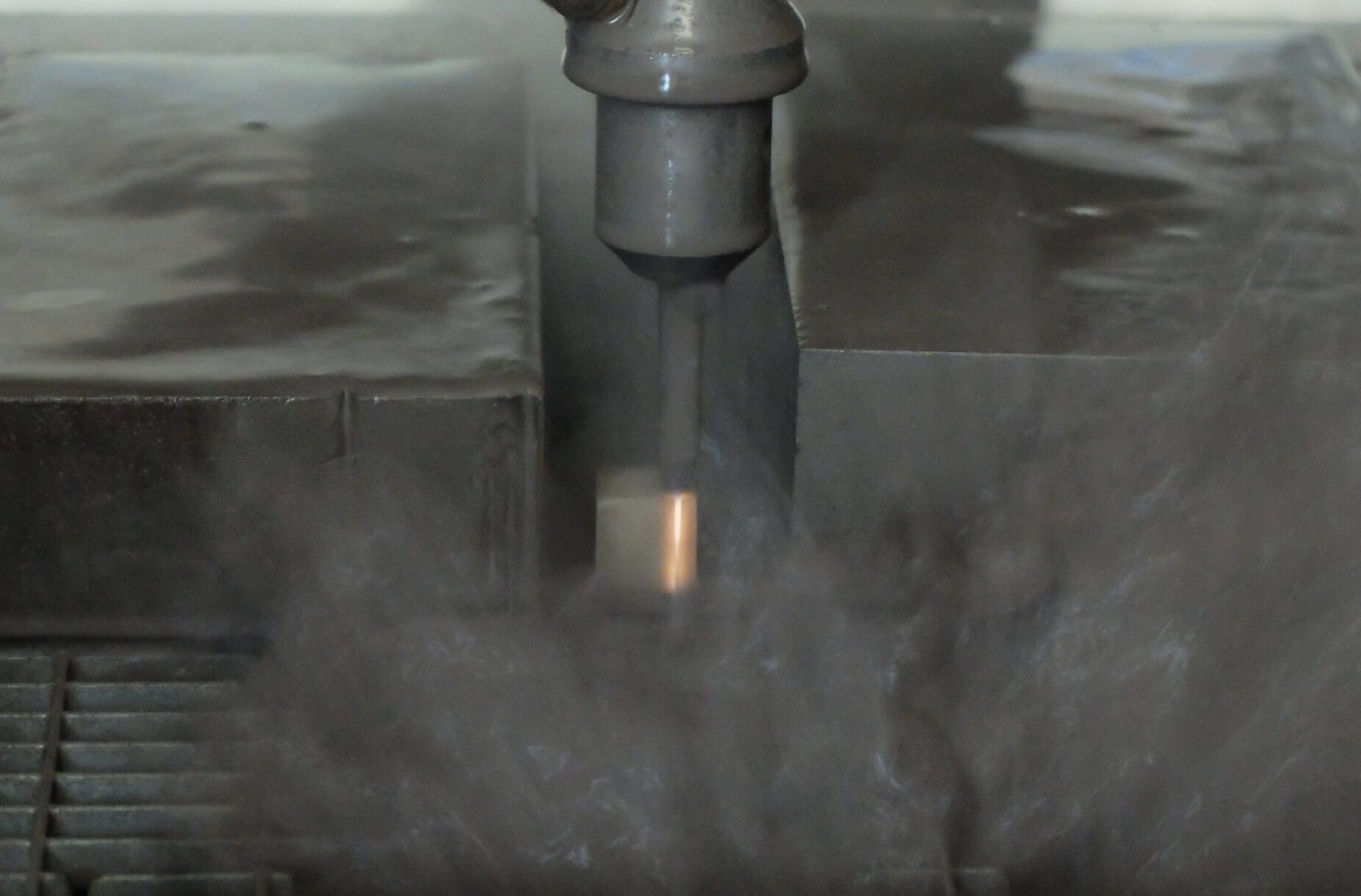
The Industrial Standard
Water jet technology offers high potential for machining all types of materials and is therefore already successfully used industrially for relatively simple cutting tasks. The injection-type process principle is the most commonly available and is based on a high-speed water jet, which can be supplemented with fine abrasive particles. This allows almost all materials and material combinations to be machined flexibly, from cutting to surface processing to shape machining similar to conventional milling. Compared to other methods, such as laser processes, this process is significantly more productive and does not lead to thermal changes in material properties. Thus, it essentially provides the skilled user with a flexible and powerful tool for a variety of machining tasks.
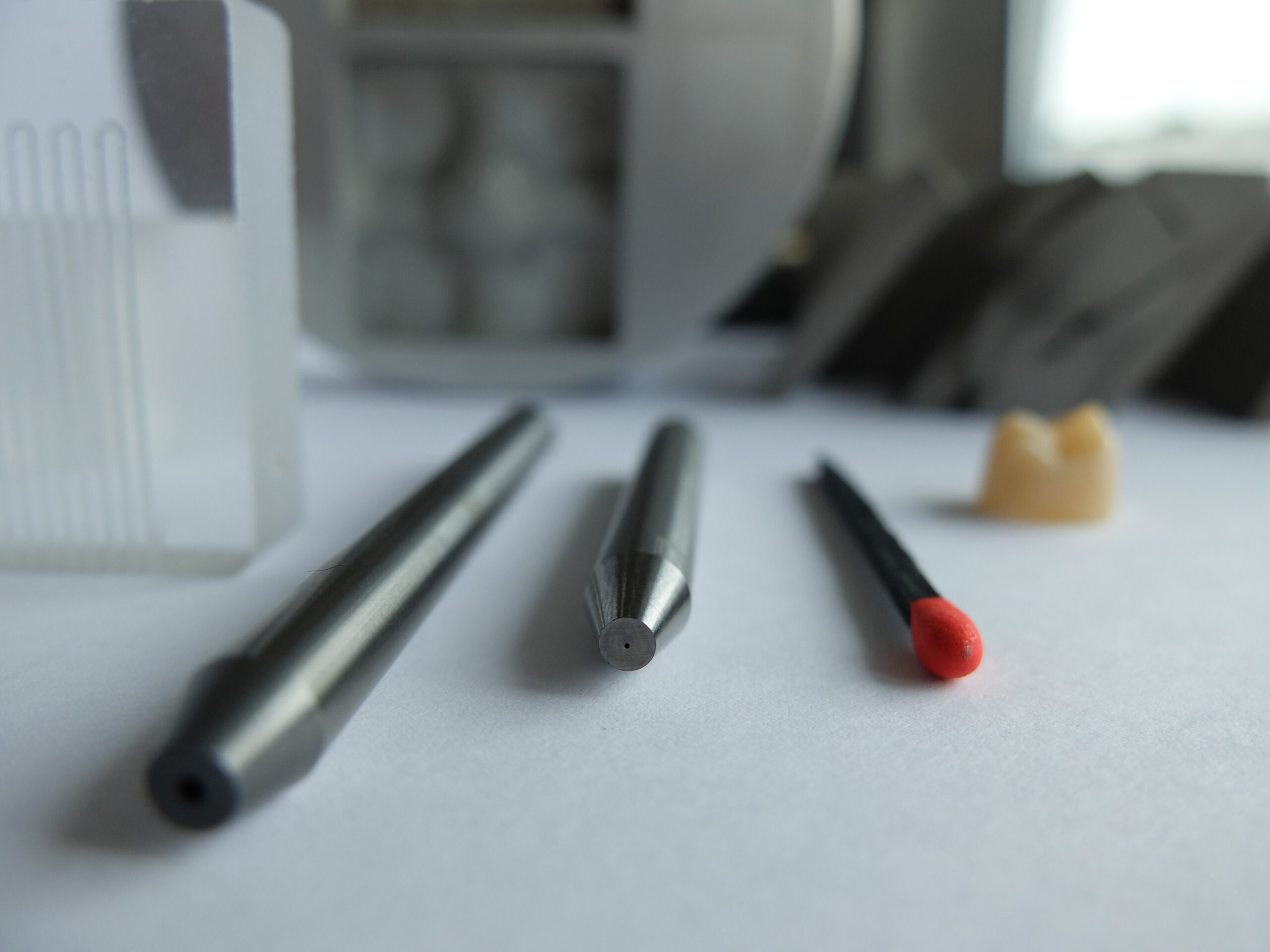
One step beyond the industrial standard
Besides injection-type cutting heads, there are many different waterjet configurations, that allow versatile applications. At HydroMill, we are up to date with the latest trends – one of those promising configurations is the suspension abrasive waterjet. This is significantly more efficient, allowing cutting to be up to three times faster at 1500 bar pressure compared to the 4000 bar systems commonly used in the industry. However, the experience of this novel system for industrial applications still need a boost.
At HydroMill we offer the expertise in combination with a complete round-up of available waterjet technology to provide our customers a full choice to match individual needs.
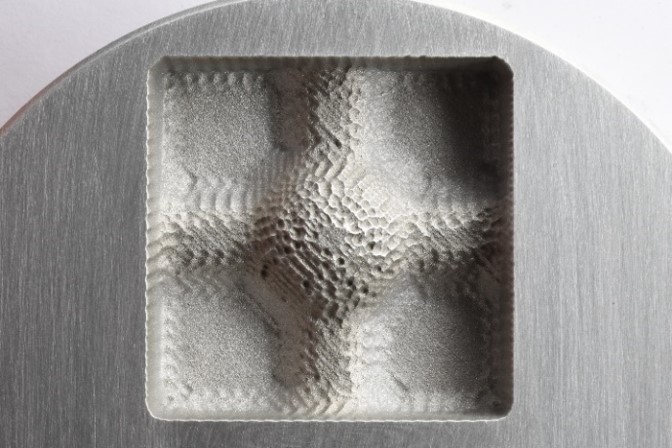
HydroMill as Technology leader and innovator
Recent advancements in water jet technology for the substitution of conventional milling processes, known as water jet milling, expand the application area to include shape machining while maintaining the advantages of the process. This presents a cost-effective and promising alternative. However, the increased complexity in process design, primarily due to the still empirical parameter determination and the deviations from known principles of classic water jet cutting, remains a significant issue.
Our company is driven by the motivation to enhance the industrial acceptance of waterjet technology. We are committed to advancing both the processes and the technology, ensuring that waterjet solutions become a widely recognized and utilized option in the manufacturing industry.
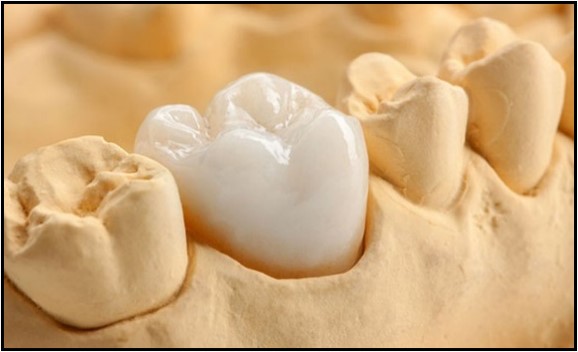
promising advancements for medical applications
In a recent collaboration with industry partners, we explored the integration of waterjet milling for the direct processing of high-strength dental ceramics. The complex manufacturing processes currently drive up costs for the end consumer. Manufacturing ceramic crowns using waterjet technology could reduce production costs to around 50 EUR (compared to 250 EUR). We were able to gain valuable insights into process design for conventionally hard-to-machine high-performance ceramic materials to achieve customized results for roughing and surface processing on a wide range of metallic and ceramic materials.
Unique State of the Art Equipment
H.G. Ridder »HydroMill«
At HydroMill we utilize the world’s first machine for waterjet milling, a unique prototype made in Germany by our Partner H.G. Ridder Automatisierungs-GmbH. This system is by far more dynamic and precise as typical waterjet machines and serves as a prototype for continuous developments. It achieves system pressures of up to 4000 bar and is equipped with a reference system on a swiveling turntable that provides maximum flexibility and precision. The system is specially optimized for waterjet milling, but also adoptable to micro machining, offering outstanding machining performance for feasibility studies.
Our µ-waterjet System allows us to custom manufacture a wide variety of parts that meet the highest quality standards. Whether for delicate small series or complex individual components, the micro waterjet System enables us to realize your specific requirements with the highest precision and speed.
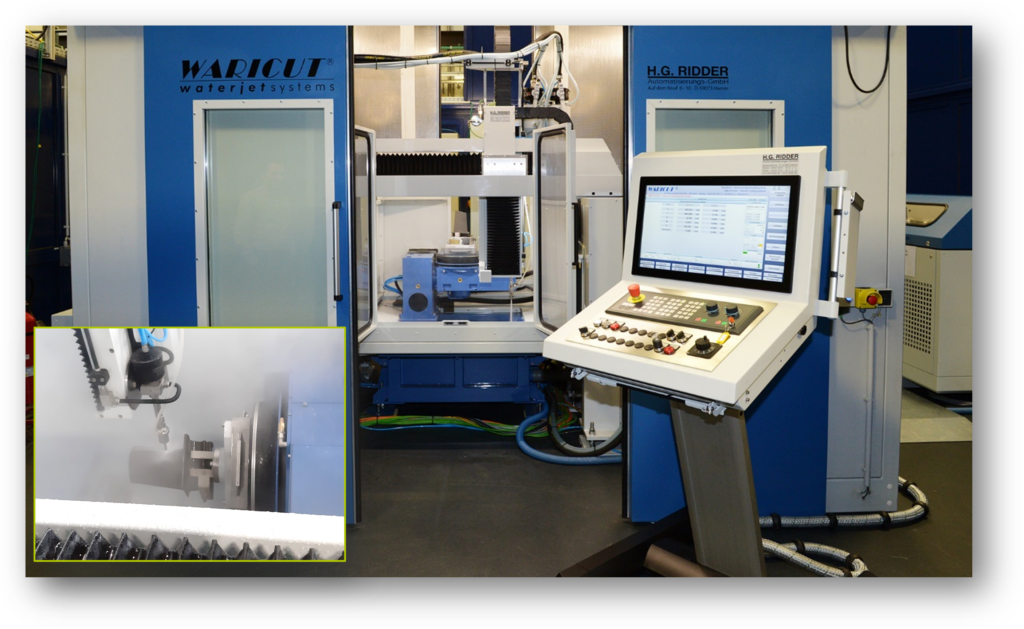
ANT ConSus 1500 – Continous Suspension Jet
Our ANT ConSus 1500 with a maximum pressure of up to 1500 bar operates as an airless jet system, that offers exceptional cutting performances and surface finishes beyond the capabilities of traditional cutting technologies. The optimization of abrasive use ensures maximum efficiency and cost-effectiveness while maintaining the highest precision.
Together with our Partner ANT, we are eager to always deliver the best results and the most advanced techniques for your specific cutting requirements. Benefit from our advanced technology for your demanding projects.
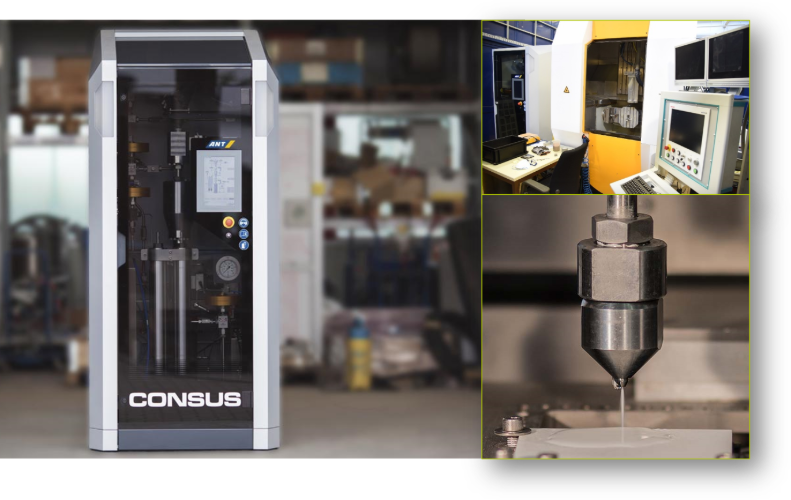
Keyence VR-6200 3D Profilometer
To analyse our processes we utilize the Keyence VR-6200 3D Profilometer, a 160x digital microscope designed for precise profile and surface texture measurements. This advanced system features a motorized table and a rotational axis, allowing for high-accuracy measurement on virtually any high-precision part. It completes our ability to deliver and share high-quality, precise manufacturing solutions tailored to your specific needs.
